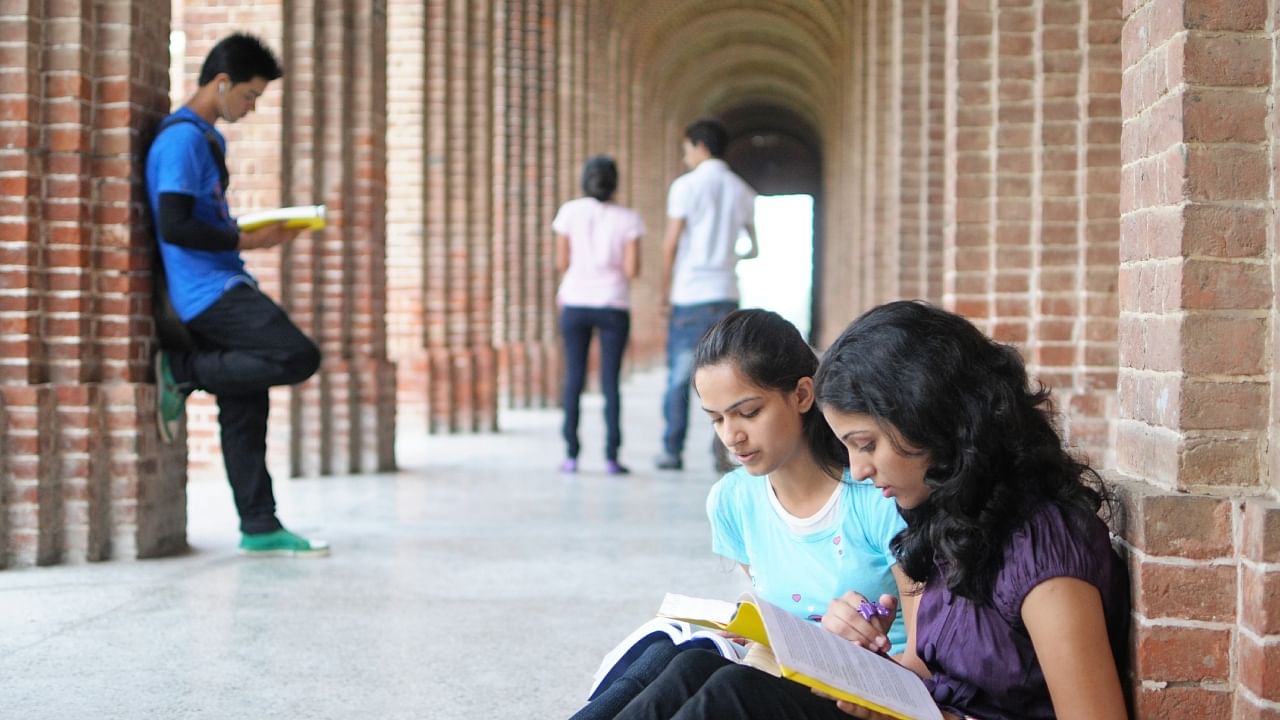
A leading private university in Bengaluru is in the news for all the wrong reasons. During a recent college youth festival, a group of students from the university performed a skit that showcased a man from a lower-caste background trying to date an upper-caste woman and used several casteist phrases, including derogatory references to B R Ambedkar, untouchability, and reservation.
Following a public outrage over the incident, an FIR was registered at the Siddapura police station in Bengaluru against the university authorities, the writers of the skit, and the actors under the Scheduled Castes and Scheduled Tribes (Prevention of Atrocities) Act. Nine people have been subsequently arrested by the Bengaluru police. The minister of higher education in Karnataka has ordered an inquiry into the incident and sought a detailed report.
The unsavoury incident highlights several issues and raises concerns about the state of higher education in private colleges and universities, which are proliferating and competing for the “best” students.
A closer look at the composition of these students would reveal two realities: One, access to elite higher education continues to reflect inherited, privileged social backgrounds. And two, the near absence of scheduled caste, scheduled tribe, and backward class faculty and students, in these institutions. Given this reality, it is hardly surprising that students graduate from these “hallowed” places of learning with little, or at best a lopsided, understanding of the social realities around them.
It needs to be acknowledged that higher education in elite institutions presupposes access to a minimum level of economic, cultural, and political resources. It epitomises two variations of de facto discrimination: resource discrimination and merit discrimination. Resource discrimination occurs when parents are unable to invest monetarily in the higher education of their children. Merit discrimination happens when members of the upper castes do not want the lower castes to receive this entitlement. In the words of Ajantha Subramanian of Harvard University, “What is understood as merit in India’s educational institutions is only another name for the accumulated cultural capital of India’s upper caste elites.”
One way of overcoming socio-cultural prejudice in private educational institutions is to mandate policies of Compensatory/Protective Discrimination (CPD), already in existence in public institutions. Official CPD policies and programmes are known to:
Ensure equality by eradicating the effects of systematic subordination.
Compensate for historic and systemic discrimination that unfairly penalises members of marginalised communities.
Redistribute resources and opportunities.
Improve the motivation of marginalised communities to rise above their predicament.
Ensure greater diversity, which in turn ensures better performance and more productive efficiency.
Enable marginalised communities to gain better access to social capital.
Foster a more representative, inclusive, and legitimate democratic order.
In the long run, diminish the effects of historic injustice and promote greater homogeneity and integration within society.
The UN 2030 Agenda for Sustainable Development, with its objective of leaving no one behind, provides humankind with a talisman to build more inclusive societies. Sustainable Development Goal (SDG) 4 emphasizes that inclusive and equitable education must be made available for all by 2030. To ensure this, countries should take a series of steps to prevent and address all forms of exclusion, marginalization, disparity, vulnerability, and inequality in educational ecosystems.
In Dr B R Ambedkar’s last speech in India´s Constituent Assembly as the Chairman of its Drafting Committee (popularly referred to as ‘The Grammar of Anarchy’ exposition), he spoke about the importance of not just political democracy but, critically, social democracy in order to achieve equality and emancipation for the downtrodden. He argued that “political democracy cannot last unless there lies at the base of it, social democracy… What does social democracy mean? It means a way of life which recognises liberty, equality and fraternity as the principles of life”.
It is this lack of social democracy that allows social stigma and negative stereotypes to flourish in the environment of higher education in the private sector.
For policies of CPD to be qualitatively successful, policies and programmes need to look at the denial of access, inclusion and equity in the realm of higher education squarely in the face. This implies calling a spade a spade; in other words, recognising the casteist nature of higher education institutions and acknowledging the variety of socio-cultural prejudices that lurk and prevail in those “hallowed” portals. Without understanding and addressing structural barriers (like caste as a structure and its continuing propensity to inflict structural violence), social justice cannot be achieved. What is missing in our systems of education is the methodology to confront and deal with structural barriers that negate and impede the values of community and fraternity. This is because caste is visualised as a part of culture and not as a structural shortcoming.
It is no surprise, therefore, that students in elite higher educational institutions behave the way they do.
(The writer taught political science at Bangalore University. He is currently an honorary professor at Karnataka State Rural Development and Panchayat Raj University, Gadag)